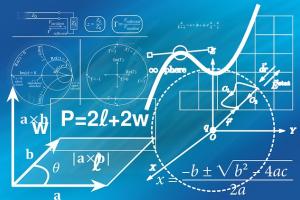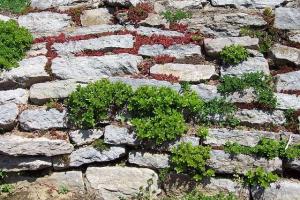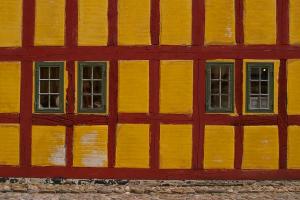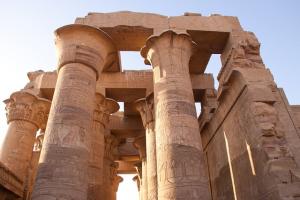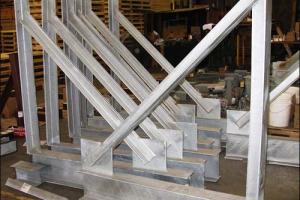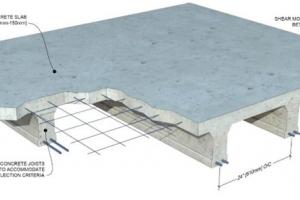Definition and Types of Structures and Structural Members
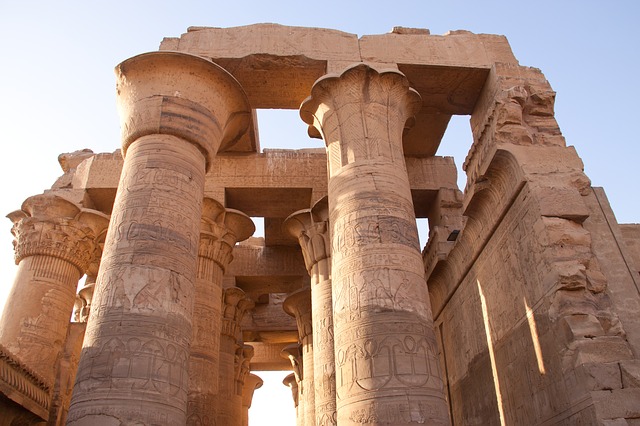
Definition:
A combination of members connected together in such a way to serve a useful purpose is called structure.
Types of Structure
Rigid Frame
Its is that type of structure in which the members are joined together by rigid joints e.g. welded joints.
Truss (Pin connected joints)
A type of structure formed by members in triangular form, the resulting figure is called a truss. In truss joints are pin connected and loads are applied at joints. No shear force & bending moment are produced. Only axial compression and axial tension is to be determined while analyzing a truss.
Structural Members
Those members that are interconnected in such a way so as to constitute a structure are called structural members.
Beam
Beam is a flexure member of the structure. It is subjected to transverse loading such as vertical loads, and gravity loads. These loads create shear and bending within the beam.
Columns
A long vertical member mostly subjected to compressive loads is called column
Strut
A compressive member of a structure is called strut.
Beam-Column
A structural member subjected to compression as well as flexure is called beam column
Grid
A network of beam intersecting each other at right angles and subjected to vertical loads is called grid.
Cables and Arches
Cables are usually suspended at their ends and are allowed to sag. The forces are then pure tension and are directed along the axis of the cable. Arches are similar to cables except hath they are inverted. They carry compressive loads that are directed along the axis of the arch.
Plates and Slabs
Plates are three dimensional flat structural components usually made of metal that are often found in floors and roofs of structures. Slabs are similar to plates except that they are usually made of concrete.




